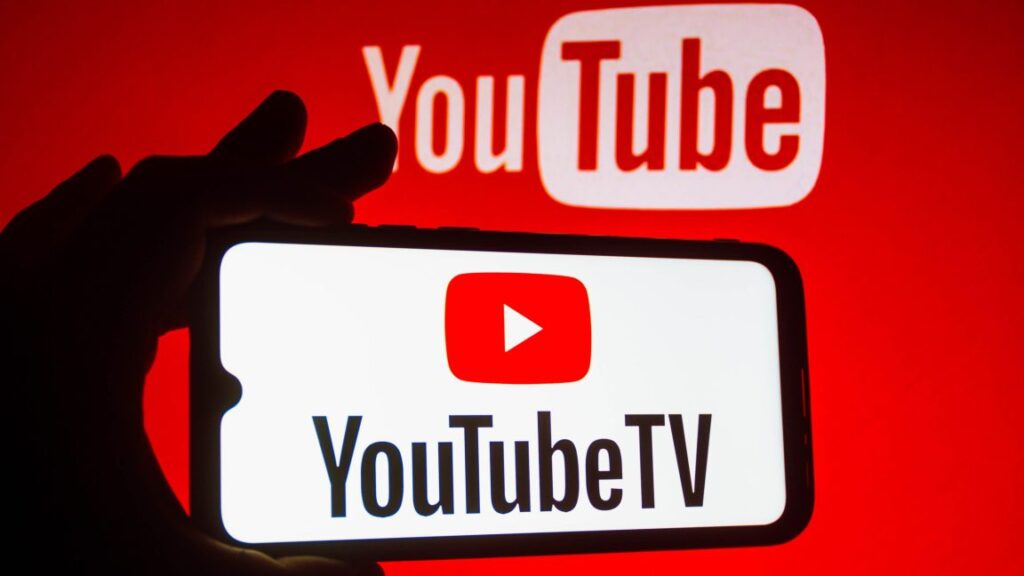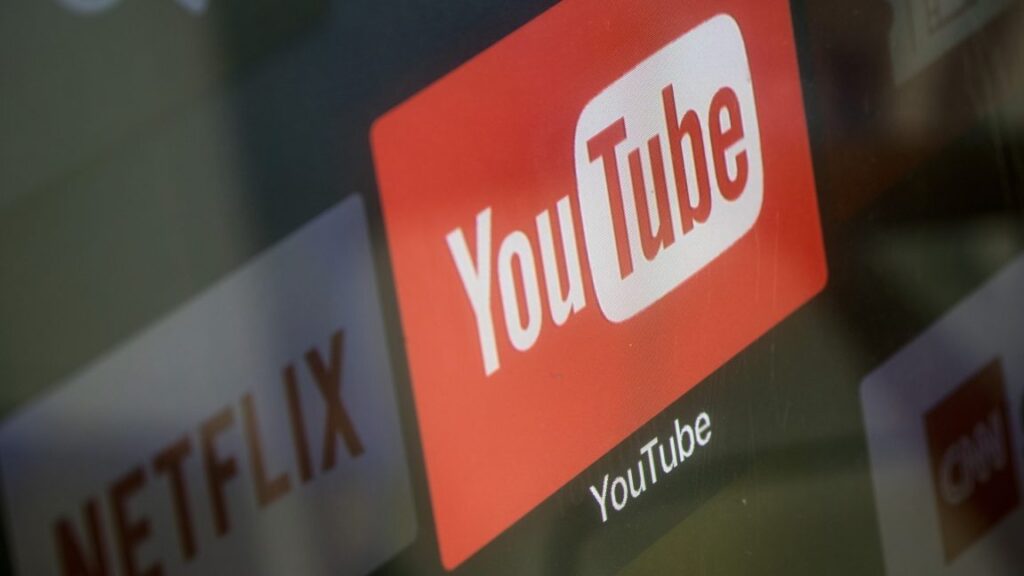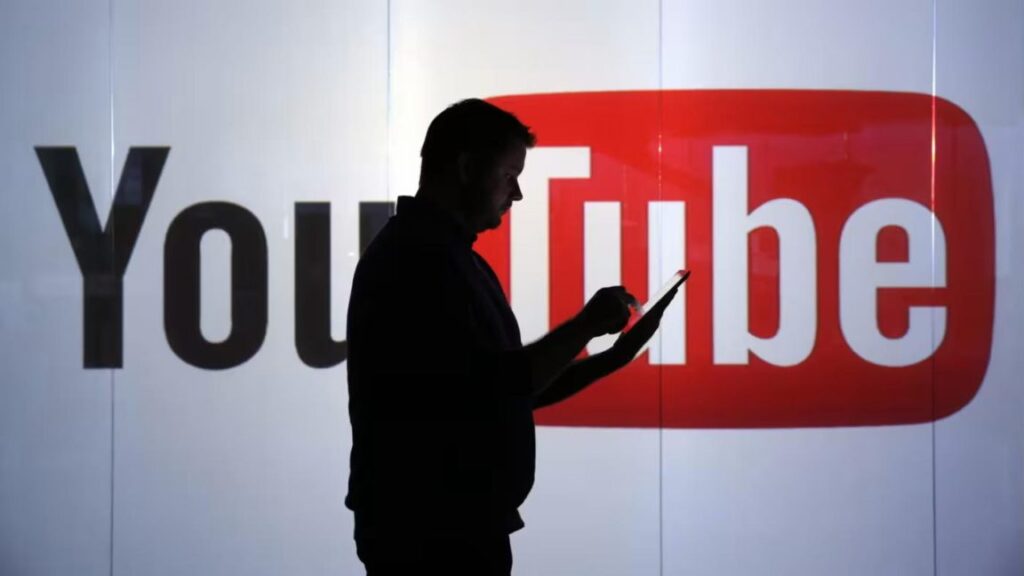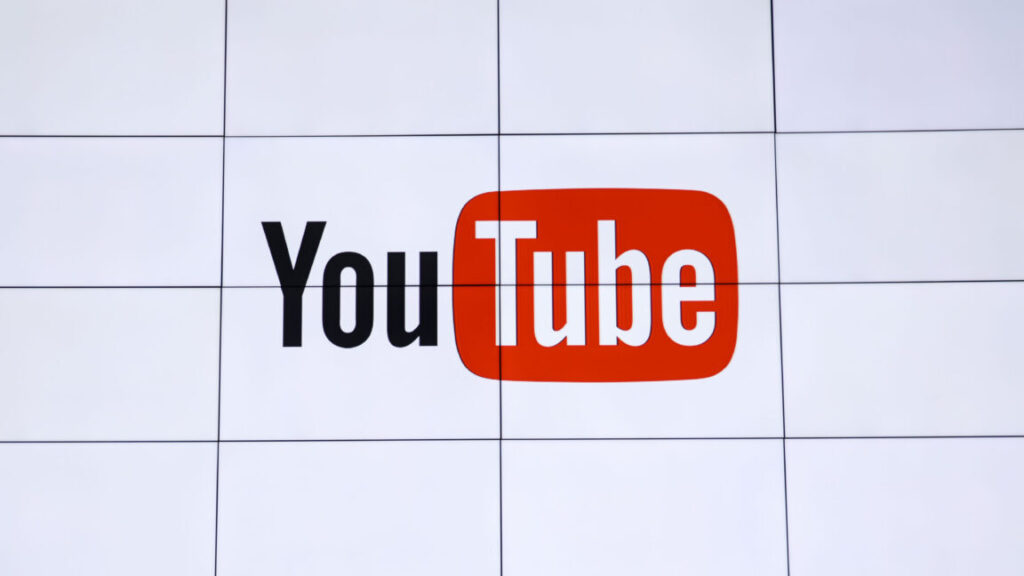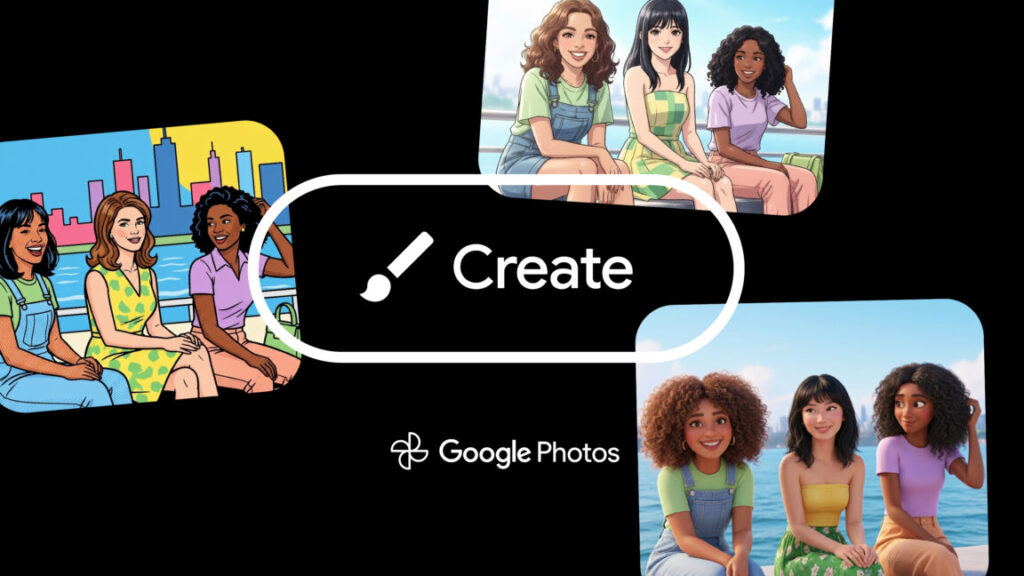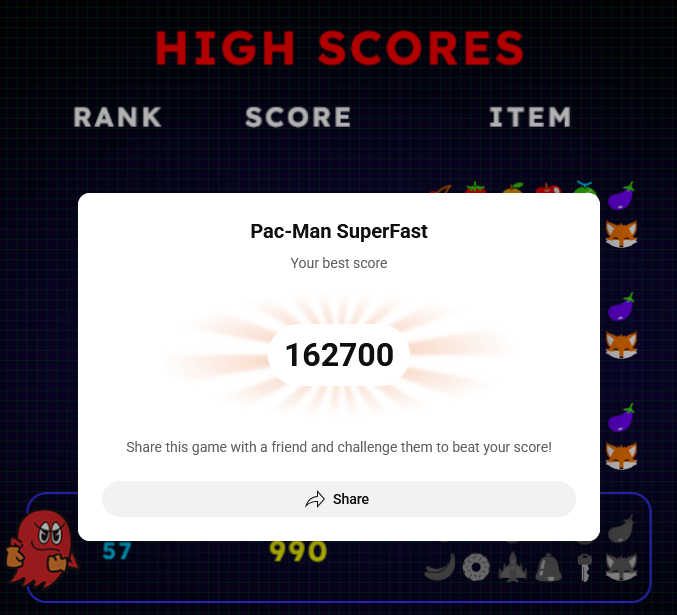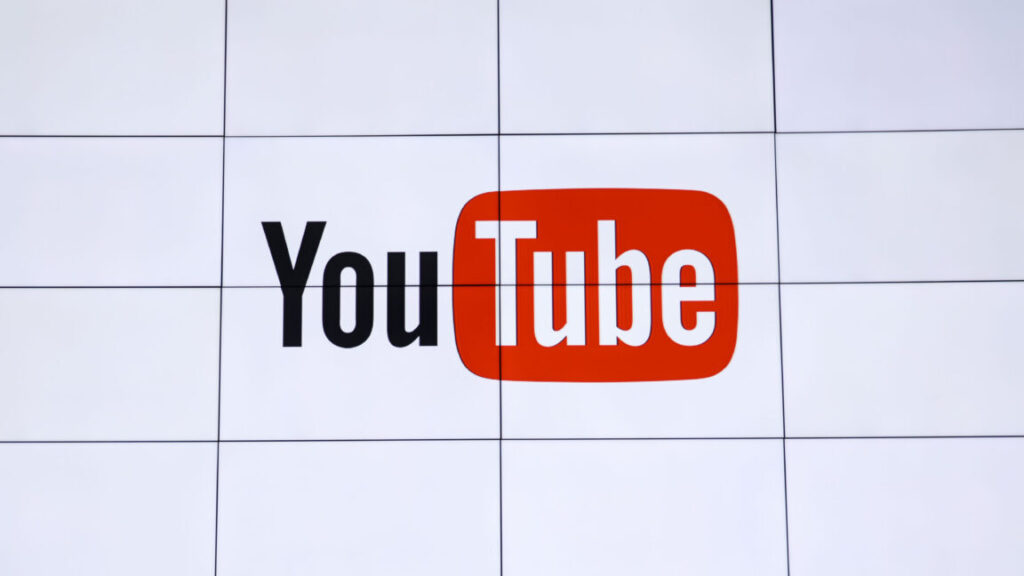He got sued for sharing public YouTube videos; nightmare ended in settlement
Librarian vows to stop invasive ed tech after ending lawsuit with Proctorio.
Librarian Ian Linkletter remains one of Proctorio’s biggest critics after 5-year legal battle. Credit: Ashley Linkletter
Nobody expects to get sued for re-posting a YouTube video on social media by using the “share” button, but librarian Ian Linkletter spent the past five years embroiled in a copyright fight after doing just that.
Now that a settlement has been reached, Linkletter told Ars why he thinks his 2020 tweets sharing public YouTube videos put a target on his back.
Linkletter’s legal nightmare started in 2020 after an education technology company, Proctorio, began monitoring student backlash on Reddit over its AI tool used to remotely scan rooms, identify students, and prevent cheating on exams. On Reddit, students echoed serious concerns raised by researchers, warning of privacy issues, racist and sexist biases, and barriers to students with disabilities.
At that time, Linkletter was a learning technology specialist at the University of British Columbia. He had been aware of Proctorio as a tool that some professors used, but he ultimately joined UBC students criticizing Proctorio, as, practically overnight, it became a default tool that every teacher relied on during the early stages of the pandemic.
To Linkletter, the AI tool not only seemed flawed, but it also seemingly made students more anxious about exams. However, he didn’t post any tweets criticizing the tech—until he grew particularly disturbed to see Proctorio’s CEO, Mike Olsen, “showing up in the comments” on Reddit to fire back at one of his university’s loudest student critics. Defending Proctorio, Olsen roused even more backlash by posting the student’s private chat logs publicly to prove the student “lied” about a support interaction, The Guardian reported.
“If you’re gonna lie bro … don’t do it when the company clearly has an entire transcript of your conversation,” Olsen wrote, later apologizing for the now-deleted post.
“That set me off, and I was just like, this is completely unacceptable for a CEO to be going after our students like this,” Linkletter told Ars.
The more that Linkletter researched Proctorio, the more concerned he became. Taking to then-Twitter, he posted a series of seven tweets over a couple days that linked to YouTube videos that Proctorio hosted in its help center. He felt the videos—which showed how Proctorio flagged certain behaviors, tracked “abnormal” eye and head movements, and scanned rooms—helped demonstrate why students were so upset. And while he had fewer than 1,000 followers, he hoped that the influential higher education administrators who followed him would see his posts and consider dropping the tech.
Rather than request Linkletter remove the tweets—which was the company’s standard practice—Proctorio moved quickly to delete the videos. Proctorio supposedly expected that the removals would put Linkletter on notice to stop tweeting out help center videos. Instead, Linkletter posted a screenshot of the help center showing all the disabled videos, while suggesting that Proctorio seemed so invested in secrecy that it was willing to gut its own support resources to censor criticism of their tools.
Together, the videos, the help center screenshot, and another screenshot showing course material describing how Proctorio works were enough for Proctorio to take Linkletter to court.
The ed tech company promptly filed a lawsuit and obtained a temporary injunction by spuriously claiming that Linkletter shared private YouTube videos containing confidential information. Because the YouTube videos—which were public but “unlisted” when Linkletter shared them—had been removed, Linkletter did not have to delete the seven tweets that initially caught Proctorio’s attention, but the injunction required that he remove two tweets, including the screenshots.
In the five years since, the legal fight dragged on, with no end in sight until last week, as Canadian courts tangled with copyright allegations that tested a recently passed law intended to shield Canadian rights to free expression, the Protection of Public Participation Act.
To fund his defense, Linkletter said in a blog announcing the settlement that he invested his life savings “ten times over.” Additionally, about 900 GoFundMe supporters and thousands of members of the Association of Administrative and Professional Staff at UBC contributed tens of thousands more. For the last year of the battle, a law firm, Norton Rose Fulbright, agreed to represent him on a pro bono basis, which Linkletter said “was a huge relief to me, as it meant I could defend myself all the way if Proctorio chose to proceed with the litigation.”
The terms of the settlement remain confidential, but both Linkletter and Proctorio confirmed that no money was exchanged.
For Proctorio, the settlement made permanent the injunction that restricted Linkletter from posting the company’s help center or instructional materials. But it doesn’t stop Linkletter from remaining the company’s biggest critic, as “there are no other restrictions on my freedom of expression,” Linkletter’s blog noted.
“I’ve won my life back!” Linkletter wrote, while reassuring his supporters that he’s “fine” with how things ended.
“It doesn’t take much imagination to understand why Proctorio is a nightmare for students,” Linkletter wrote. “I can say everything that matters about Proctorio using public information.”
Proctorio’s YouTube “mistake” triggered injunction
In a statement to Ars, Kevin Rockmael, Proctorio’s head of marketing, suggested that the ed tech company sees the settlement as a win.
“After years of successful litigation, we are pleased that this settlement (which did not include any monetary compensation) protects our interests by making our initial restraining order permanent,” Rockmael said. “Most importantly, we are glad to close this chapter and focus our efforts on helping teachers and educational institutions deliver valuable and secure assessments.”
Responding to Rockmael, Linkletter clarified that the settlement upholds a modified injunction, noting that Proctorio’s initial injunction was significantly narrowed after a court ruled it overly broad. Linkletter also pointed to testimony from Proctorio’s former head of marketing, John Devoy, whose affidavit “mistakenly” swearing that Linkletter was sharing private YouTube videos was the sole basis for the court approving the injunction. That testimony, Linkletter told Ars, suggested that Proctorio knew that the librarian had shared videos the company had accidentally made public and used it as “some sort of excuse to pull the trigger” on a lawsuit after Linkletter commented on the sub-Reddit incident.
“Even a child understands how YouTube works, so how are we supposed to trust a surveillance company that doesn’t?” Linkletter wrote in his blog.
Grilled by Linkletter’s lawyer, Devoy insisted that he was not “lying” when he claimed the videos Linkletter shared came from a private channel. Instead—even though he knew the difference between a private and public channel—Devoy claimed that he made a simple mistake, even suggesting that the inaccurate claim was a “typo.”
Linkletter maintains that Proctorio’s lawsuit had nothing to do with the videos he shared—which his legal team discovered had been shared publicly by many parties, including UBC, none of which Proctorio decided to sue. Instead, he felt targeted to silence his criticism of the company, and he successfully fought to keep Proctorio from accessing his private communications, which seemed to be a fishing expedition to find other critics to monitor.
“In my opinion, and this is just my opinion, one of the purposes of the lawsuit was to have a chilling effect on public discourse around proctoring,” Linkletter told Ars. “And it worked. I mean, a lot of people were scared to use the word Proctorio, especially in writing.”
Joe Mullin, a senior policy analyst who monitored Linkletter’s case for the nonprofit digital rights group the Electronic Frontier Foundation, agreed that Proctorio’s lawsuit risked chilling speech.
“We’re glad to see this lawsuit finally resolved in a way that protects Ian Linkletter’s freedom to speak out,” Mullin told Ars, noting that Linkletter “raised serious concerns about proctoring software at a time when students were subjected to unprecedented monitoring.”
“This case should never have dragged on for five years,” Mullin said. “Using copyright claims to retaliate against critics is wrong, and it chills public debate about surveillance technology.”
Preventing the “next” Proctorio
Linkletter is not the only critic to be targeted by Proctorio, Lia Holland, campaigns and communications director for a nonprofit digital rights group called Fight for the Future, told Ars.
Holland’s group was subpoenaed in a US fight after Proctorio sent a copyright infringement notice to Erik Johnson, a then-18-year-old college freshman who shared one of Linkletter’s screenshots. The ensuing litigation was similarly settled after Proctorio “threw every semi-plausible legal weapon at Johnson full force,” Holland told Ars. The pressure forced Johnson to choose between “living his life and his life being this suit from Proctorio,” Holland said.
Linkletter suspected that he and Johnson were added to a “list” of critics that Proctorio closely monitored online, but Proctorio has denied that such a list exists. Holland pushed back, though, telling Ars that Proctorio has “an incredibly long history of fudging the truth in the interest of profit.”
“We’re no strangers to Proctorio’s shady practices when it comes to oppressing dissent or criticism of their technologies,” Holland said. “I am utterly not shocked that they would employ tactics that appear to be doing the same thing when it comes to Ian Linkletter’s case.”
Regardless of Proctorio’s tactics for brand management, it seems clear that public criticism has impacted Proctorio’s sales, though. In 2021, Vice reported that student backlash led some schools to quickly abandon the software. UBC dropped Proctorio in 2021, too, citing “ethical concerns.”
Today, Linkletter works as an emerging technology and open education librarian at the British Columbia Institute of Technology (BCIT). While he considers himself an expert on Proctorio and continues to give lectures discussing harms of academic surveillance software, he’s ready to get away from discussing Proctorio now that the lawsuit has ended.
“I think I will continue to pay attention to what they do and say, and if there’s any new reports of harm that I can elevate,” Linkletter told Ars. “But I have definitely made my points in terms of my specific concerns, and I feel less obliged to spend more and more and more time repeating myself.”
Instead, Linkletter is determined to “prevent the next Proctorio” from potentially blindsiding students on his campus. In his role as vice chair of BCIT’s educational technology and learning design committee, he’s establishing “checks and balances” to ensure that if another pandemic-like situation arises forcing every student to work from home, he can stop “a bunch of creepy stuff” from being rolled out.
“I spent the last year advocating for and implementing algorithmic impact assessments as a mandatory thing that the institute has to do, including identifying how risk is going to be mitigated before we approve any new ed tech ever again,” Linkletter explained.
He also created the Canadian Privacy Library, where he posts privacy impact assessments that he collects by sending freedom-of-information requests to higher education institutions in British Columbia. That’s one way local students could monitor privacy concerns as AI use expands across campuses, increasingly impacting not just how exams are proctored, but how assignments are graded.
Holland told Ars that students concerned about ed tech surveillance “are most powerful when they act in solidarity with each other.” While the pandemic was widely forcing remote learning, student groups were able to successfully remove harmful proctoring tech by “working together so that there was not one single scapegoat or one single face that the ed tech company could go after,” she suggested. Those movements typically start with one or two students learning how the technology works, so that they can educate others about top concerns, Holland said.
Since Linkletter’s lawsuit started, Proctorio has stopped fighting with students on Reddit and suing critics over tweets, Holland said. But Linkletter told Ars that the company still seems to leave students in the dark when it comes to how its software works, and that “could lead to academic discipline for honest students, and unnecessary stress for everyone,” his earliest court filing defending his tweets said.
“I was and am gravely concerned about Proctorio’s lack of transparency about how its algorithms work, and how it labels student behaviours as ‘suspicious,’” Linkletter swore in the filing. One of his deleted tweets urged that all schools have to demand transparency and ask why Proctorio was “hiding” information about how the software worked. But in the end, Linkletter saw no point in continuing to argue over whether two deleted tweets re-posting Proctorio’s videos using YouTube’s sharing tool violated Proctorio’s copyrights.
“I didn’t feel too censored,” Linkletter told Ars. “But yeah, I guess it’s censorship, and I do believe they filed it to try and censor me. But as you can see, I just refused to go down, and I remained their biggest critic.”
As universities prepare to break ahead of the winter holidays, Linkletter told Ars that he’s looking forward to a change in dinner table conversation topics.
“It’s one of those things where I’m 41 and I have aging parents, and I’ve had to waste the last five Christmases talking to them about the lawsuit and their concerns about me,” Linkletter said. “So I’m really looking forward to this Thanksgiving, this Christmas, with this all behind me and the ability to just focus with my parents and my family.”
He got sued for sharing public YouTube videos; nightmare ended in settlement Read More »



